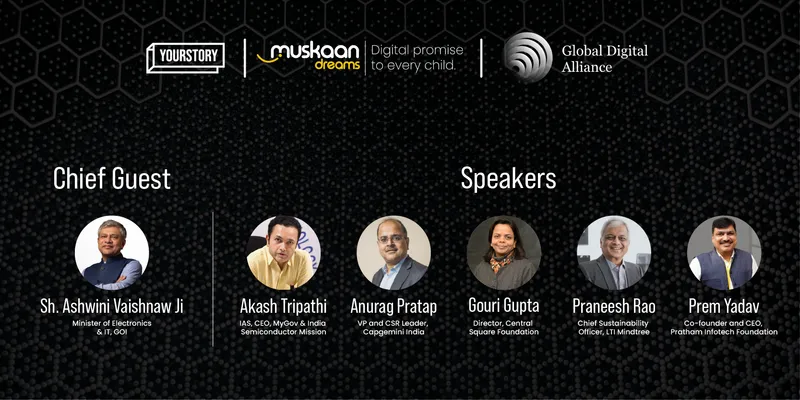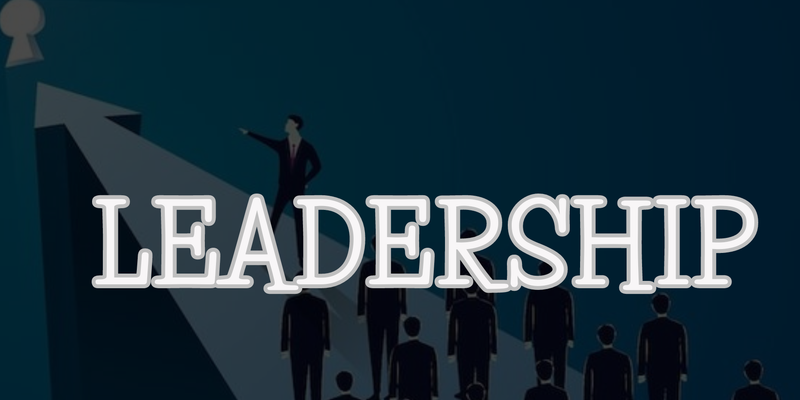
Muskaan Dreams
View Brand PublisherDigital Inclusion Summit's pioneering approach to bring technology and innovation to government schools
The Digital Inclusion Summit, taking place on February 2, 2024, at Le Méridien, New Delhi, will address the challenges of unequal access to technology in education. It will focus on leveraging AI, government initiatives, and industry leadership, to bridge the digital divide for 120 million students.
A 45-year-old government school teacher breaks traditional barriers by leveraging technology. For the first time, she utilises the open-source platform YouTube to provide her students with a vivid understanding of the solar system. Rather than relying on conventional methods like drawing on the chalkboard, this innovative approach not only captures the students' imagination but also marks a transformative moment in the teacher's career. It exemplifies how simple technology integration can revolutionise the learning experience in resource-constrained environments.
This is not an isolated incident but a reflection of a growing trend among educators in India. Across various regions and diverse communities, several teachers are embracing technology's power to redefine the learning experience for students. In a nation where resource constraints are a common challenge, these educators are proving that innovation knows no bounds.
But, we still have a long way to go.
Despite significant strides in the field of education, India continues to grapple with subpar learning outcomes among its school children. The National Achievement Survey of 2021 found nearly half of primary school students have learning levels lower than appropriate for their grades, a situation that the pandemic intensified.
In rural India, there is a notable gender parity in aspirations among girls and boys aiming to pursue careers as doctors or engineers, as revealed by recent survey data from the Annual Status of Education Report (ASER). Interestingly, a slightly higher percentage of girls express aspirations for these professions compared to boys.
However, a shift occurs when it comes to selecting academic streams for higher studies. In grade XI and beyond, more boys opt for Science, Technology, Engineering, and Mathematics (STEM) courses, while a larger number of girls lean towards arts and humanities, as indicated by the survey.
This has far-reaching implications for young Indians’ readiness for the 21st-century workplace and India’s preparedness for the Fourth Industrial Revolution.
In a world where the digital divide threatens to leave millions behind, the Digital Inclusion Summit, an initiative by Muskaan Dreams and the Global Digital Alliance, is not just a dialogue forum; it's a movement.
Digital Inclusion Summit is an annual gathering that transcends borders and ideologies, with a clear vision to bridge the digital gap for 120 million students. Enabling access to digital learning, internet connectivity, and teachers' professional development in partnership with the government, this summit is a beacon of change, aiming to rewrite the narrative of education in the digital age.
“Leadership transcends boundaries when we prioritise collaboration. Joining forces with the Global Digital Alliance, aims to bridge societal gaps and cultivate 21st-century skills through digital education, creating a profound impact on the educational landscape in India,” shares Abhishek Dubey, Founder and CEO, Muskaan Dreams.
Barriers to digital learning
The primary obstacle to the widespread adoption and effective utilisation of digital learning lies in unequal access to technology. This challenge is pronounced for specific demographics, including children with disabilities, those from migrant families, individuals residing in remote areas, those belonging to scheduled tribes and scheduled castes, and girls, who bear the brunt of these disparities.
A swift evaluation of learning outcomes across six states revealed that only 68% of adolescents in urban settings utilised technology-enabled learning tools, with a lower percentage of 47% in rural areas. Moreover, students with disabilities encountered distinctive hurdles, such as a lack of peer support, diminished concentration levels, and a pressing need for enhanced parental assistance.
This is exactly what the summit is trying to explore. The Digital Inclusion Summit's unique proposition lies in its emphasis on intersectoral collaboration. Bringing together corporate leaders, policymakers, and government officials on a unified platform, the summit goes beyond individual perspectives to formulate a comprehensive strategy for digital inclusion.
In a rapidly evolving landscape where 90% of future jobs will require digital skills, the summit assumes a pivotal role, placing a significant emphasis on harnessing the potential of AI and emerging technologies to pave the way for a future-ready India.
The primary goal of the summit is to bridge the digital gap for 100 million students, focusing on ensuring access to essential components such as digital infrastructure, internet connectivity, and the professional development of teachers. This initiative aims to create a more inclusive and equitable educational environment by addressing key factors that contribute to the digital divide.
“In the pursuit of an equitable education landscape, collaboration becomes the cornerstone, weaving a digital bridge that spans the divide, ensuring every student has access to the transformative power of technology,” shares Manoj Pachauri, Lead, Strategic Partnerships, Muskaan Dreams.
Key discussion tracks and speakers
Leveraging AI and emerging tech to improve students' learning
Harnessing the power of artificial intelligence and emerging technologies to enhance and optimise the learning experience for students. This involves exploring innovative applications of AI, machine learning, and other cutting-edge technologies to improve educational outcomes.
Role of government in integrating technology in education
Underscoring the government's responsibility in spearheading the integration of technology within the education sector. This involves formulating and implementing policies, initiatives, and investments to ensure that technology is effectively incorporated into teaching and learning practices.
Role of industry leadership in improving digital access and adoption in public schools
Industry leaders play a pivotal role in enhancing digital access and adoption in public schools by collaborating with educational institutions and the government. This includes providing resources, expertise, and technology infrastructure to bridge the digital divide.
STEM and 21st-century skills for a future-ready India
This highlights the significance of Science, Technology, Engineering, and Mathematics (STEM) education, coupled with the cultivation of 21st-century skills, in preparing the youth for a rapidly evolving future.
Building future-ready teachers
Focused on teacher empowerment, this effort aims to equip educators with the skills and tools necessary for integrating technology seamlessly into their teaching practices.
The Digital Inclusion Summit will feature a distinguished panel of speakers who bring diverse expertise and leadership to the forefront of discussions.

Muskaan Dreams, a non-profit organisation in the education technology sector, is dedicated to making a significant social impact. Its mission is to address the digital divide prevalent in government school education on a large scale.
Global Digital Alliance is a global platform that aims to kindle a movement for facilitating collaborative actions to bridge the digital divide.
This summit isn't just a platform; it's a catalyst for stories where digital education becomes the key to unlocking hidden talents and reshaping futures.









![[Funding alert] Digital lending platform Revfin raises Rs 100 Cr in debt round](https://images.yourstory.com/cs/2/31ee0510ca7c11eba975c529dced399e/MalvikaCopyofImageTagging52-1647263527421.png)
![[TechSparks 2020] Jobs For All: A discussion on formalising gig workforce, building digital identity, and more](https://images.yourstory.com/cs/2/77e43870d62911eaa8e9879653a67226/jobs-1-1604046086024.PNG)
